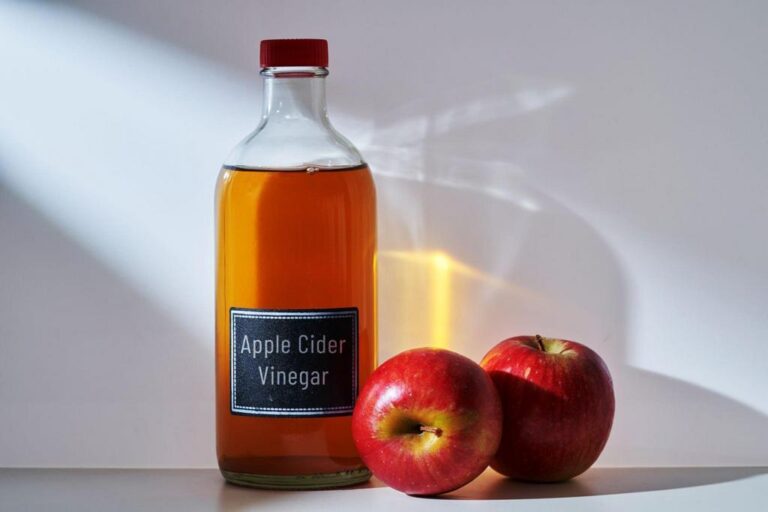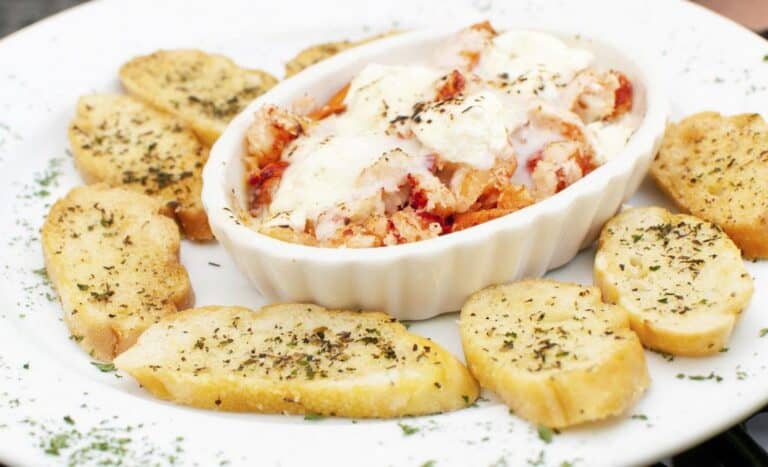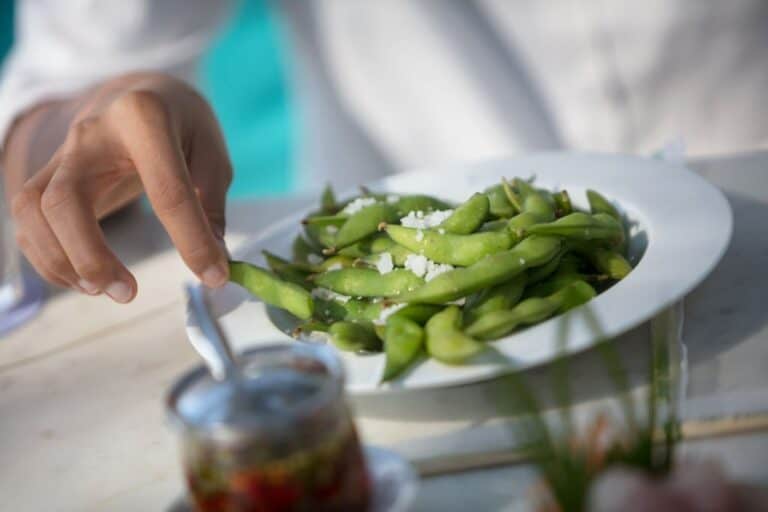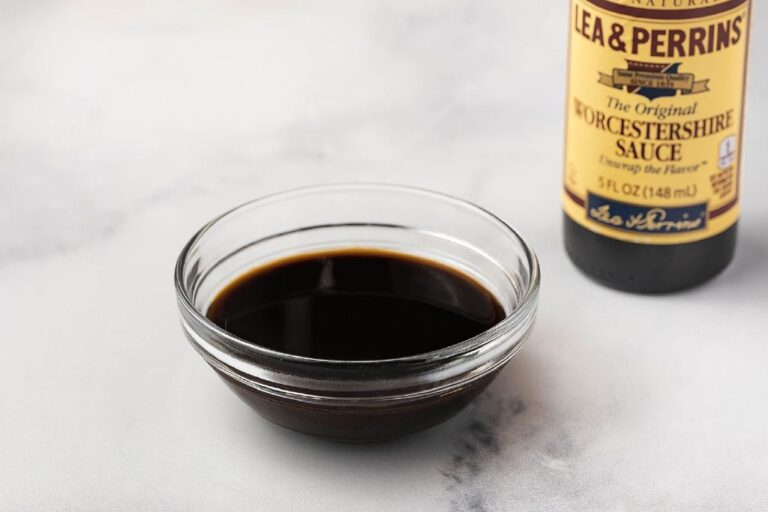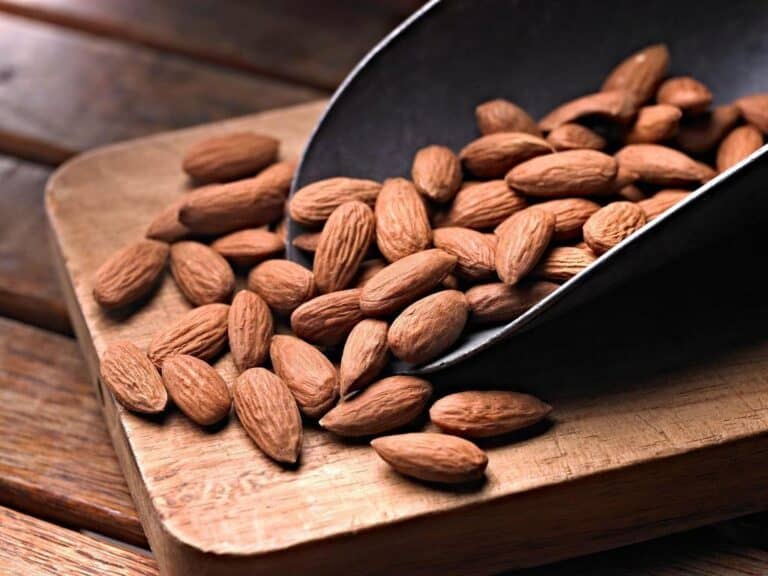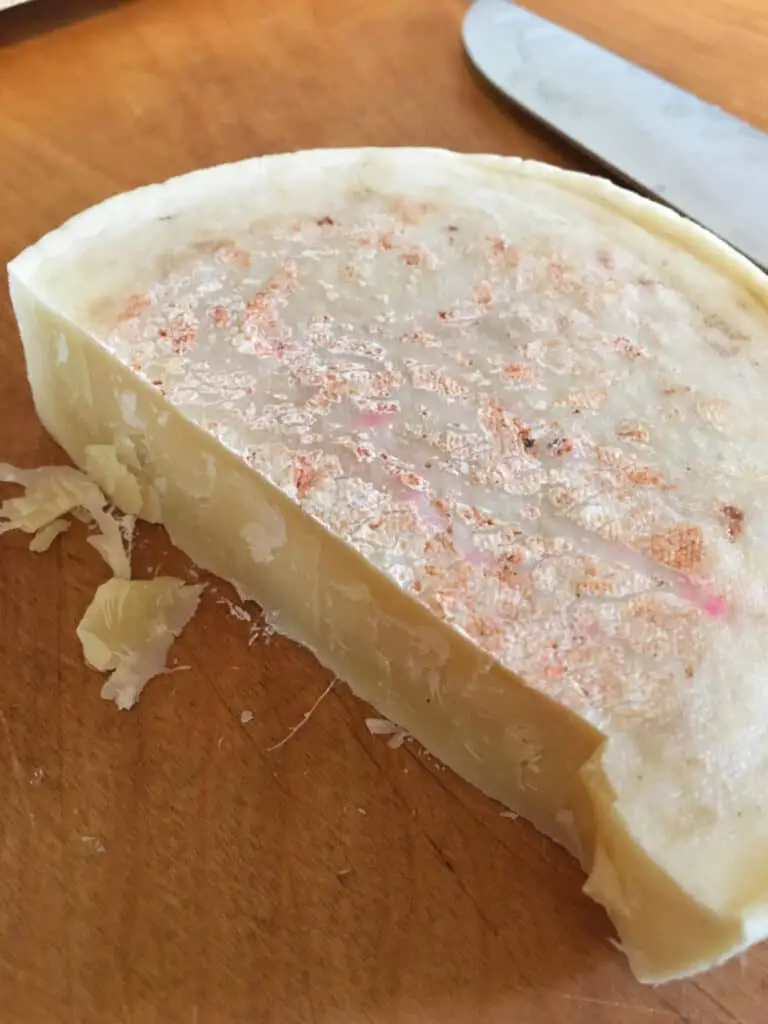Can You Defrost a Chicken in Cold Water? The Ultimate Guide to Safe Thawing
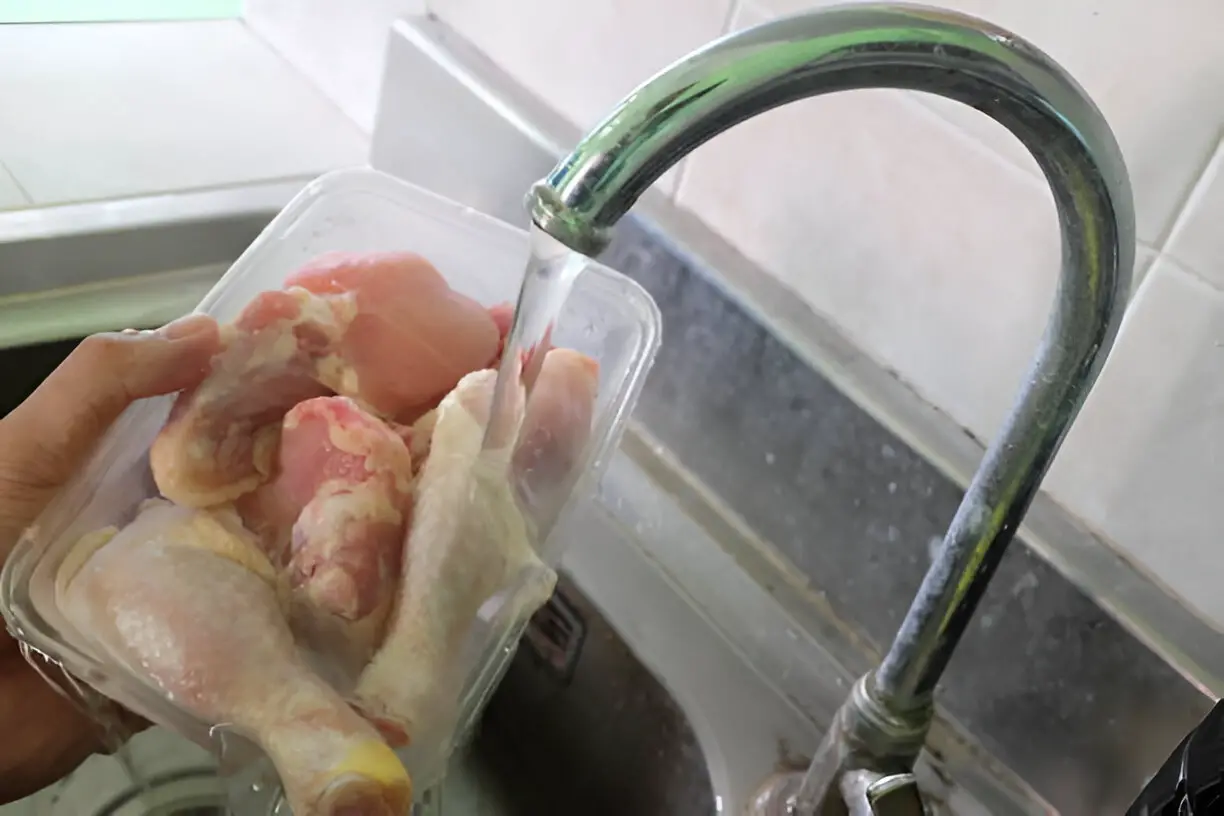
Ah, the age-old question: can you defrost a chicken in cold water? As someone who spends a fair amount of time in the kitchen, I’ve found myself wrestling with this dilemma more than once. There’s nothing worse than planning a delicious dinner only to discover your chicken is still frozen solid.
In this post, I’ll dive into the nitty-gritty of defrosting chicken in cold water, explore various thawing methods, and sprinkle in some personal tips to ensure you don’t serve up a side of salmonella with your meal!
Can You Defrost a Chicken in Cold Water?
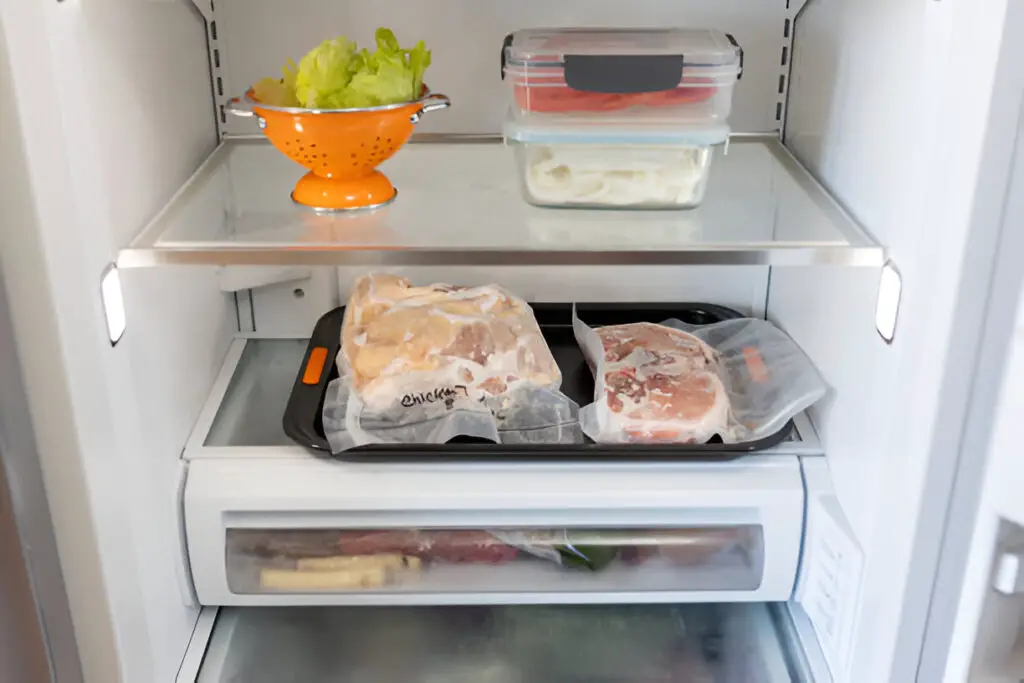
Let’s cut to the chase: yes, you can absolutely defrost a chicken in cold water! It’s one of the safer and quicker methods.
Here’s how it works: you simply submerge your chicken (sealed in a leak-proof bag) in cold water. But wait! This method requires a little TLC. You need to change the water every 30 to 45 minutes to keep things cool and prevent any bacterial growth.
On average, chicken breast takes about 1.5 hours to fully defrost this way. If you’ve got a whole bird, expect to spend a bit longer at the sink, around 2 to 3 hours depending on its size.
This method not only speeds up the thawing process but also maintains the texture and flavor of the chicken. So, grab a bowl, fill it with cold water, and let’s get thawing!
The Different Ways to Defrost Chicken
When it comes to defrosting chicken, you’ve got options! Each method has its pros and cons, so let’s break them down.
1. Refrigeration Method
This is the gold standard for thawing chicken. You simply place your chicken in the refrigerator at around 5°C (41°F). While this method is super safe, it’s not the fastest; it typically takes about 24 hours for a whole chicken to thaw. This slow and steady approach prevents bacteria from getting a foothold.
2. Microwave Method
For those in a hurry, the microwave can be a lifesaver. Just pop your chicken in, set it to the defrost mode, and voila! However, here’s the catch: once thawed, you need to cook it immediately. If you leave it too long, bacteria can multiply faster than a family of rabbits. Plus, the microwave can be a bit tricky—smaller portions, like chicken breasts, can end up cooking in some areas while remaining frozen in others. It’s like playing culinary roulette!
3. Cold Water Method
As we discussed earlier, the cold water method is one of my favorites. It strikes a balance between safety and speed. Just remember to change the water regularly to keep things chill!
4. Defrosting Tray Method
Ever heard of a defrosting tray? These nifty tools are typically made from aluminum, a fantastic conductor of heat. When you place your chicken on the tray, it defrosts faster. However, keep an eye on it, as this method can dry out the meat due to exposure to air.
5. Hot Water Bath Method
Here’s where it gets a bit controversial. The hot water bath method involves placing the chicken in a ziplock bag and submerging it in water heated to around 60°C (140°F). While some swear by this method, it’s not widely recommended due to potential bacterial growth. Food safety organizations advise against it, but there are debates among home cooks. Just be cautious, as you don’t want your dinner to become a health hazard!
How to Know When Your Chicken is Ready to Cook
Knowing when your chicken is ready to cook is all about checking its feel after defrosting. Once you’ve chosen your defrosting method, whether it’s in the fridge, cold water, or microwave, the next step is to check for any remaining ice crystals. The thicker parts of the chicken, such as the thighs or breasts, are key areas to focus on.
A great way to check is by making a small incision in these thicker areas. If the inside feels cold or you notice ice crystals, the chicken still needs more time to thaw. If it feels warm and no longer has any icy spots, it’s good to go!
You’ll want to ensure the chicken reaches room temperature, or at least that the innermost parts are no longer frozen. After that, you can start cooking, knowing your chicken is fully thawed and safe for your recipe.
Chicken Thawing Tips
| Method | Check for Ice Crystals |
| Refrigerator | No ice, warm throughout |
| Cold Water | No ice, warm throughout |
| Microwave | Soft to the touch, no ice |
| Read: Can You Eat Chicken Three Days After the Sell-By Date? |
What Not to Do While Defrosting Chicken
Defrosting chicken can be a bit of a minefield if you’re not careful. Here are a few hard and fast rules to follow:
- Skip the Hot Water Method: Although some people say it’s fine, I personally steer clear of defrosting chicken in hot water. It’s too risky and can lead to unwanted bacteria growth.
- Avoid Room Temperature Thawing: This is a big no-no! Leaving chicken at room temperature encourages bacteria to thrive. You might as well invite food poisoning to dinner!
- Don’t Rush the Process: While it’s tempting to use the microwave for a quick fix, remember that the texture and taste can suffer. Plus, you might end up with unevenly cooked chicken.
Wrapping It Up: The Best Method for You
In my kitchen, I’ve learned that the best defrosting method often depends on how much time I have and what I’m cooking. For those who plan ahead, refrigeration is the safest. If time is tight, the cold water method becomes my trusty sidekick. The microwave works in a pinch, but I usually save it for when I’m in a real bind.
Summary of Defrosting Methods
| Method | Time Required | Pros | Cons |
| Refrigeration | 24 hours | Very safe; prevents bacteria growth | Slow |
| Microwave | 10-20 minutes | Quick and easy | Can cook chicken unevenly; must cook immediately |
| Cold Water | 1 hour per pound | Safe and relatively quick | Water must be changed frequently |
| Defrosting Tray | Varies | Fast due to good heat conduction | Can dry out meat |
| Hot Water Bath | 12 minutes per pound | Fast | Risk of bacteria growth; not widely recommended |
So there you have it! Defrosting chicken doesn’t have to be a culinary nightmare. Armed with this knowledge, you can confidently thaw your chicken safely and enjoy a delicious meal without worry. Just remember, whether you’re prepping a comforting chicken stew or a zesty grilled chicken salad, safe food handling is key to a successful dinner. Happy cooking!

